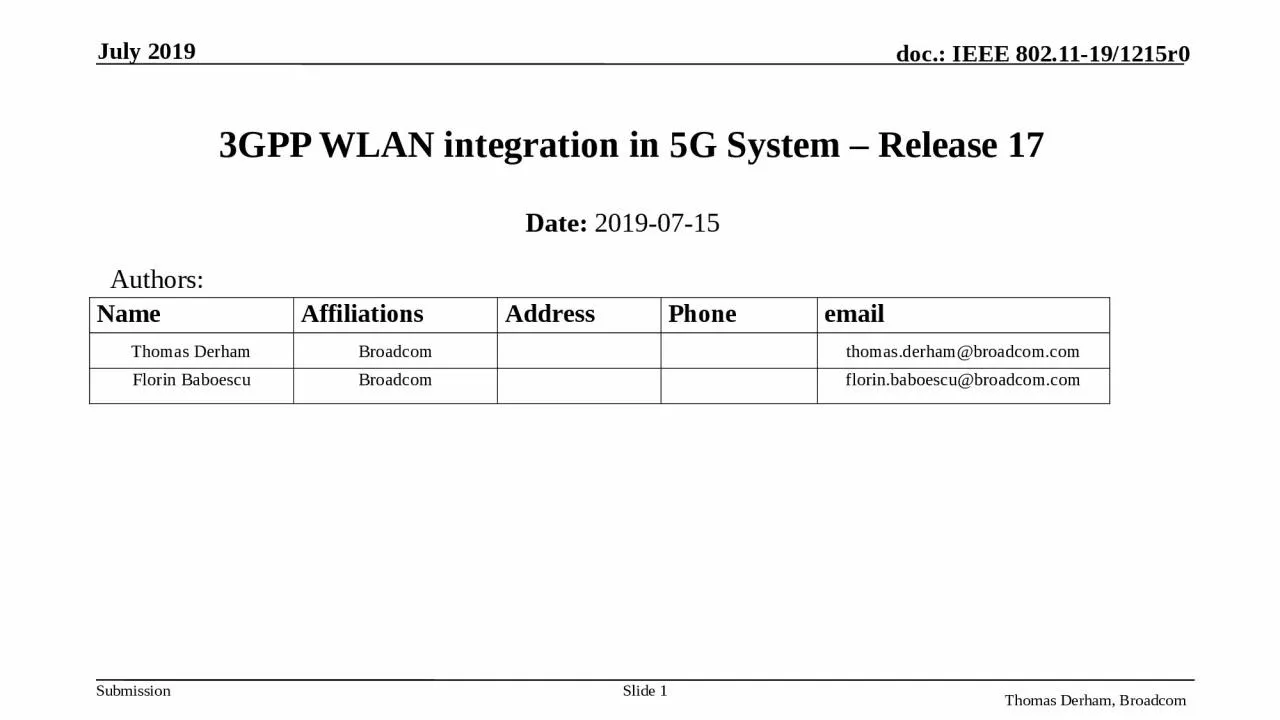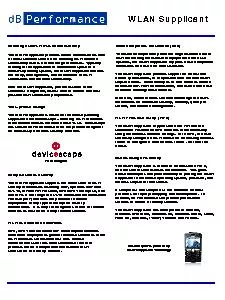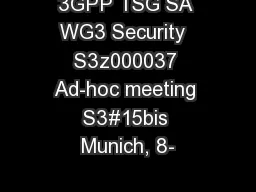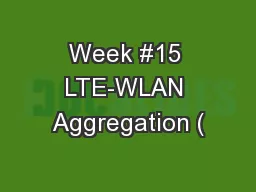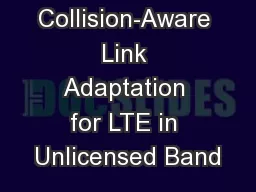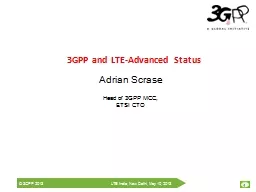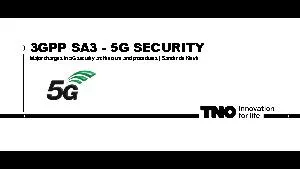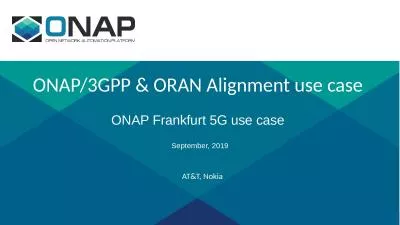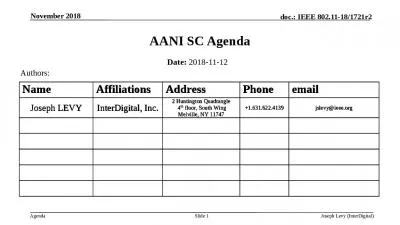PPT-3GPP WLAN integration in 5G System Release 17
Author : shoesxbox | Published Date : 2020-08-29
Date 201907 15 Jul y 2019 Slide 1 Authors Thomas Derham Broadcom Abstract This contribution provides 1 a status update on 3GPP Release 15 and 16 work in integrating
Presentation Embed Code
Download Presentation
Download Presentation The PPT/PDF document "3GPP WLAN integration in 5G System Rel..." is the property of its rightful owner. Permission is granted to download and print the materials on this website for personal, non-commercial use only, and to display it on your personal computer provided you do not modify the materials and that you retain all copyright notices contained in the materials. By downloading content from our website, you accept the terms of this agreement.
3GPP WLAN integration in 5G System Release 17: Transcript
Download Rules Of Document
"3GPP WLAN integration in 5G System Release 17"The content belongs to its owner. You may download and print it for personal use, without modification, and keep all copyright notices. By downloading, you agree to these terms.
Related Documents

